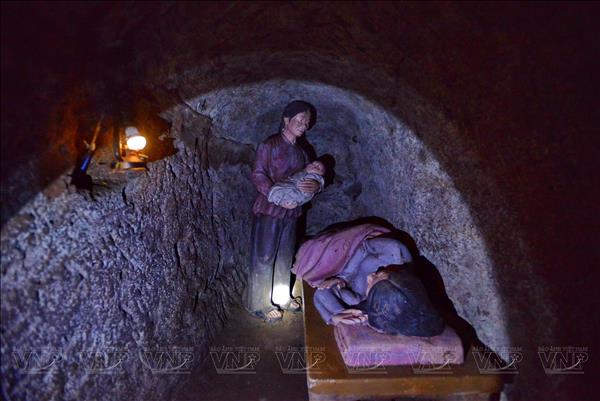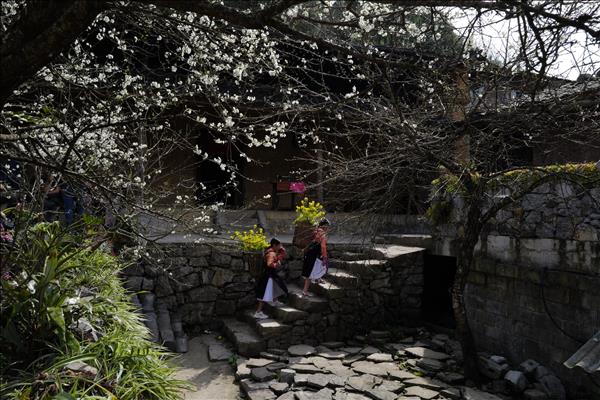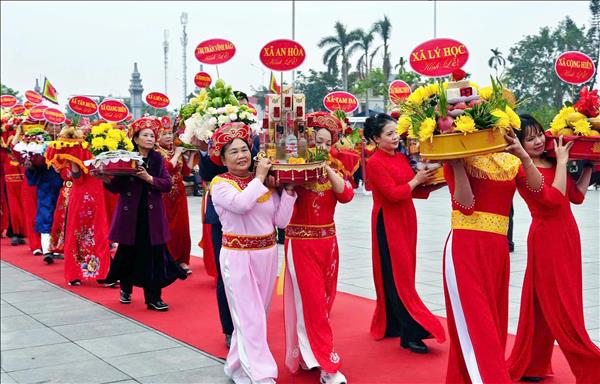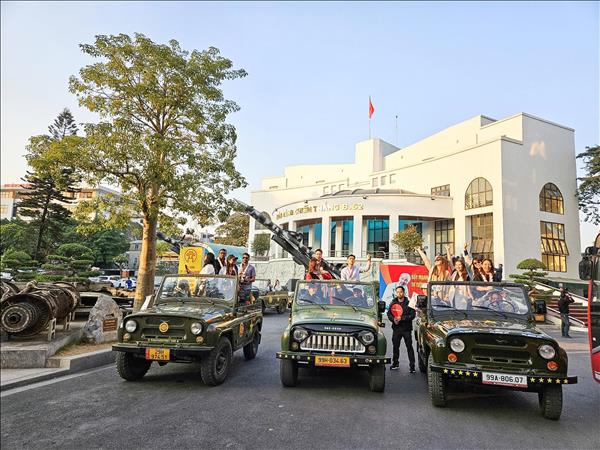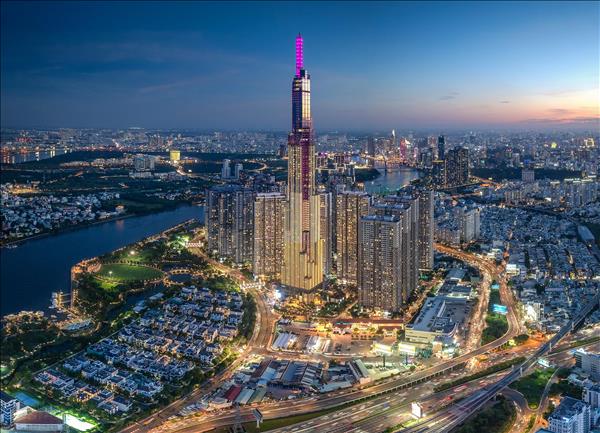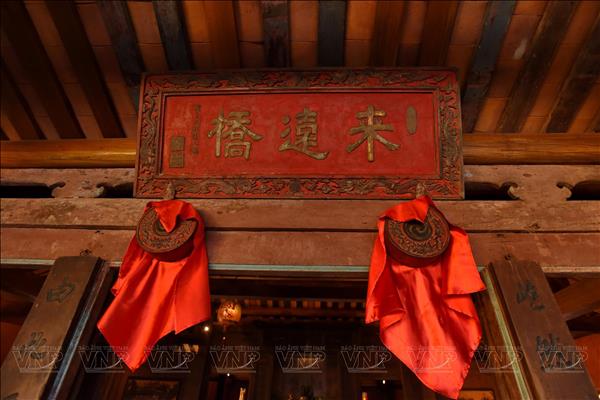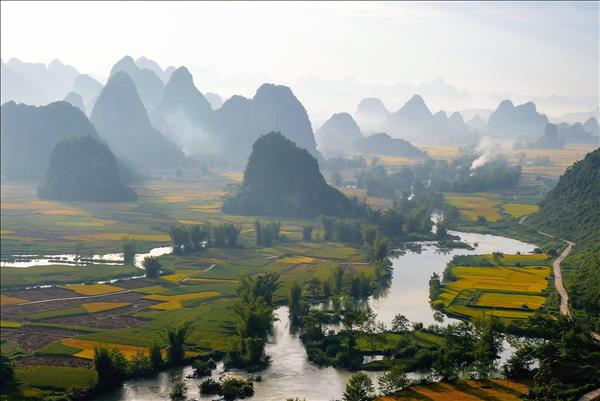|
Ly Son Island District in Quang Ngai Province has a total area of about
10km2 consisting of three communes, including An Hai, An Vinh
(
Big
Island ) and An Binh (
Small
Island ), with a population of over 20,000 people
who live mainly in the western part of the
Big
Island
. Its economy is
mostly dependent on the cultivation of onion and garlic on more than 550
ha of land and offshore fishing by 500 ships. The local people have a
long-standing tradition of offering live sacrifices to local militiamen of
Hoang Sa andTruong Sa who defended the sovereignty of these islands for
the country.
Brave militiamen
According
to historical records, about three or four centuries ago, the Nguyen Lords
(1533-1777) established their sovereignty over the Hoang Sa (Paracel)
Islands. Every year they recruited 70
strong militiamen who were also good fishermen to sail the boats to Hoang
Sa Islands. They were natives of villages in the coastal areas of
Sa
Ky
, An Vinh and An Hai of the
present-day Ly Son Island District. In 1834, the Nguyen court (1802-1945)
established a militia team named after the Hoang Sa Islands.
|

Part of Ly Son Island District inQuang Ngai Province.
|
|
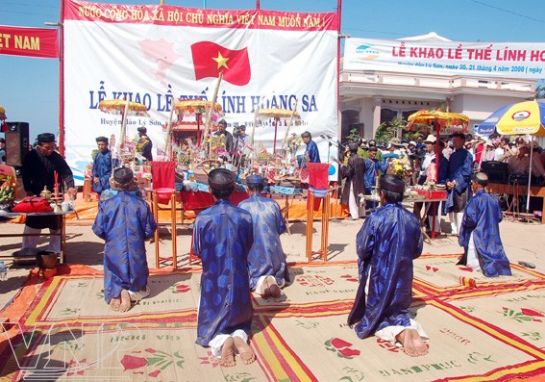
An offering ceremony
to Hoang Sa militiamen held at Am Linh Tu
in An Vinh Commune, Ly
Son Island.
|
|
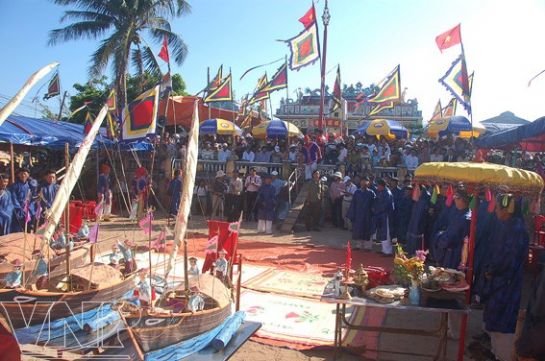
Offerings to Hoang Sa
militiamen.
|
|
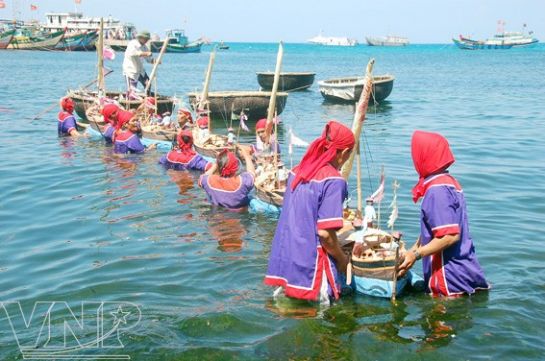
Representatives of
families on Ly Son Island releasenbsp;the sea boats
carrying
paper human-shaped puppets and other necessities
to remember the
departure of militiamen to Hoang Sa Islands.
|
|
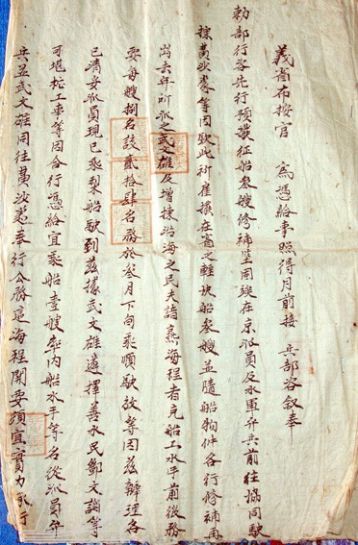
This notice from
Quang Ngai provincial judge who order
the militiamen to go to
safeguard Hoang Sa Islands
in 1834 has been preserved for 175
years by Dang Len,
chief of the Dang family line living on Ly
Son Islands.
|
|
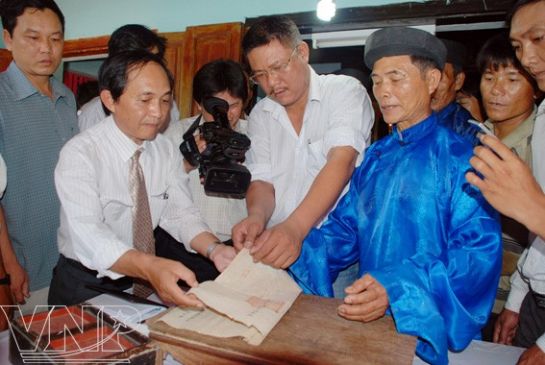
Dang Len (in blue robe) hands the record on
Hoang Sa Islands to Dr. Nguyen Dang Vu,
Deputy Director of the
Culture, Sports and Tourism Department
of Quang Ngai Provincial
People’s Committee.
|
|
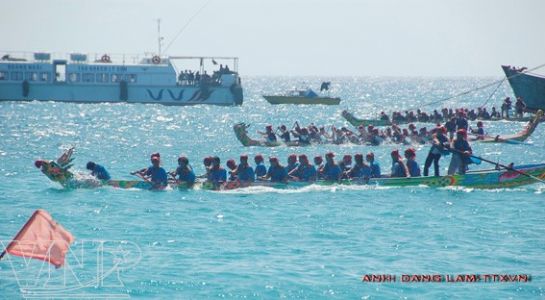
Boat race during a
local festival.
|
Ly Son
fishermen are excellent at their trade and are good swimmers, particularly
those from An Vinh Commune who practised the craft of building fishing
boats. In the old days each of Hoang Sa militiamen who was on duty was
supplied by the Nguyen court one sedge mat, seven bamboo poles, seven long
rattan strings and a name card on which his name, place of birth and
number of his unit were inscribed, together with a six month food ration
and five small fishing boats. It took them three days and nights to sail
to Hoang Sa Islands if the weather was mild.
Nowadays
in Dong Ho Hamlet, An Hai Commune of Ly Son Island District, the family of
Dang Len has kept an ancient document about the Hoang Sa militia team for
174 years (1834-2009). An excerpt from the document states: “…three boats
and 24 sailors went to safeguard the Hoang Sa Islands on April
15th in the 15th
year of King Minh Mang (1820-1840), or Year of the Horse
(1834)…”
Dang
Len is the 6th generation grandchild of Dang Van Siem who was
in charge of leading the militia team to the Hoang Sa Islands. An official
historical record of the Nguyen court wrote: “In 1836, navy detachment
commander Pham Huu Nhat was ordered by King Minh Mang to plant the
landmark of sovereignty on the Hoang Sa (Paracel) and Truong Sa (Spratly)
Islands. The militiamen on the islands go
fishing, safeguard the islands and catch sea products and valuable
creatures for six months when the sea is calm. The militia team also has
the duty of measuring the sea routes, collecting tax from the passing
boats and ships, keeping a watch for pirates, planting the landmarks of
sovereignty….The sea is so tough on fragile boats. Facing storms and big
waves, life of the militiamen is drifting somewhere downstream. Before
leaving home, everyone has to prepare their own funeral arrangements, and
in the case of death their shipmates must wrap the body in a mat and bring
them back to shore for burial, or release them to the sea and let them
drift to their native place.”
There were
untold militiamen who departed and never returned home, including the team
leader Pham Quang Anh (in the Year of the Pig – 1815) and navy detachment
commanders Pham Van Nguyen (Year of the Goat – 1835) and Pham Huu Nhat
(Year of the Dragon – 1836). They were ordered by King Gia Long
(1802-1820) and King Minh Mang (1820-1840) to go to the Hoang Sa and
Truong Sa Islands and they died.
Along the
sand dunes on Ly Son Island there remain graves in which there are no
bones, hence they are called “Souls’ graves” or “Windy graves”. It is said
that these graves belong to the families of Pham Quang, Pham Van, Vo Van
and others. Enduring heavy rains and sunlight, they are proof of a once
glorious and also woeful time. The “Windy grave” of Pham Huu Nhat who led
a militia team to go to safeguard Hoang Sa Islands about 200 years ago is
now lying amid a green corn field near a sandy beach. Day in and day out
those “Windy graves” on Ly Son Island in honour of the brave Hoang Sa
militiamen are often visited by their offspring, who come and burn incense
joss sticks to commemorate them.
Live
sacrifices in honour of the Hoang Sa militiamen
Every
year, from February 10th - 30th of the lunar calendar, the families living
on Ly Son Island organize the ritual of offering live sacrifices to the
Hoang Sa militiamen (the living militiamen pray with safe and sound wishes
for their deceased comrades). On this occasion another rite is also held
to recount the merits of those Hoang Sa militiamen who sacrificed
themselves for the country and people).
After
completing the official procedures at each family line’s ancestral worship
house, the villagers implement various rites, such as putting a
human-shaped paper figurine and his name card, together with typical
things that the Hoang Sa militiamen used to bring along with them, such as
rice, salt, dried wood, fresh water, fishing nets, etc… in a boat made of
banana tree trunks and release it to the sea, together with prayer for
safety. Amid the boundless sea, the boats carrying the human-shaped
figurines are floated on the sea waves. When the ritual is completed, it
means that the militiamen are already dead, and it is believed that the
entire militia team will not die again, even though they face untold
difficulties during their six months of living offshore. With the
participation of the living militiamen at the ceremony, this kind of
ritual can be seen as a live sacrifice.
Ceremonies
to worship the Hoang Sa militiamen are held by members of the Pham Quang,
Pham Van, Vo Van, Truong and Nguyen families from February 10th
- 20th of the lunar calendar, or at Am Linh Tu on lunar March
15th – 16th. They
all worship Hoang Sa and Truong Sa militiamen and those who died while
defending sovereignty over these islands as well as the territory of the
country hundreds of years ago.
Story: Nguyen Dang
Lam – Vinh Hung
Photos: Nguyen Dang
Lam |

